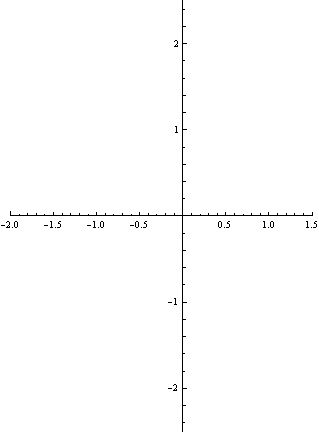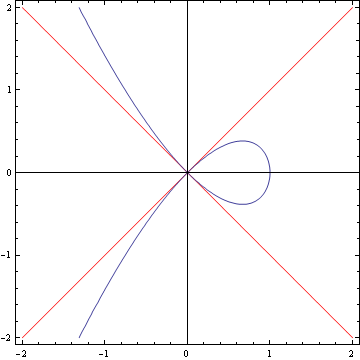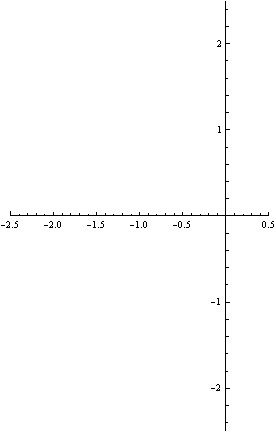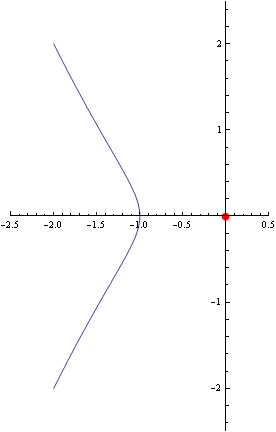|
CUSP
|
|
|

|
|
|
The
cusp or spinnode is another
type of singularity which is, too, a double
point. It is characterized by two branches of
a curve meeting where the tangents are equal
to one another. This cusp has the equation x 3-y
2=0.
|
|
|
TACNODE
|
|
|
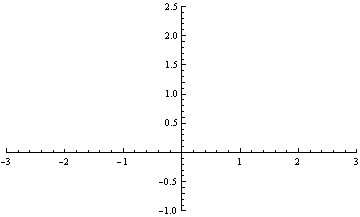
|
|
|
The
curve is called a tacnode, it is also
a double point like the cusp. The tacnode is a
point on a graph where the two, or possibly
more, osculating circles meet at a tangent.
The tacnode below is at the origin. The
osculating part of the graph comes from the
latin circulum osculans, which means "
kissing circles ".
It's equation is 2x 4-3x 2y+y
2-2y 3+y 4=0.
|
|
|
RAMPHOID
|
|
|
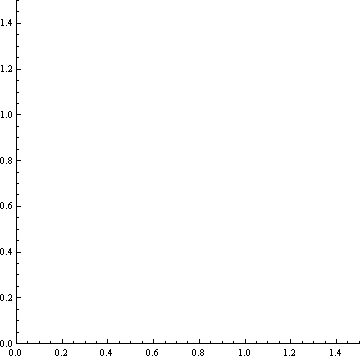
|
|
|
A ramphoid is also a type of cusp. It
comes from the greek "ramphos" which
means "the crooked beak of birds, especially
birds of prey, " and that is what the curve
looks like. Also ramphoids are generally
curves that have both branches one one side of
the tangent. The equation is x 4 +x
2 y 2 -2x 2 y-xy
2 +y 2 =0.
|
|
|
TRIPLE
|
|
|
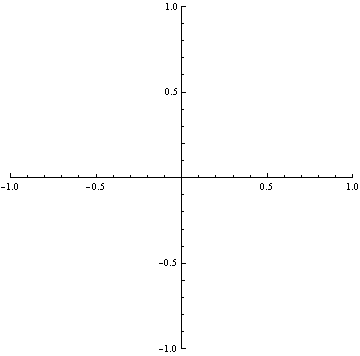
|
|
|
The
origin above is is an ordinary triple
point it is represented by (x 2+y
2) 2+3x 2y-y
3=0
|
|
|
|
CLOVER
|
|
|

|
|
|
The
origin above is is an ordinary quadruple
point and it has multiplticty four. It's
tangents coincide in pairs. And it is
represented by (x 2+y 2)
3-4x 2y 2=0.
|
|
|
FINAL
|
|
|
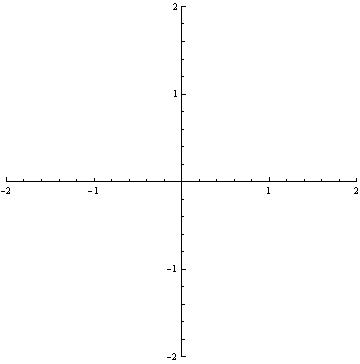
|
|
|
Here
is another singular point with higher
multiplicity. It is represented by x 6=x
2y 3-y 5=0.
and the origin has one triple tangent and two
simple tangents. |
|
|
Reference |
|
| Robert John Walker, "Singular
Points" in Algebraic
Curves, Princeton University Press,
1950, pp. 56-58. |
|
DOWNLOAD
|
|
|
All the animations and
images above were created in MATHEMATICA
v6.0®
To view the notebook with all of the
animations and source code click here

If you do not have MATHEMATICA®
you can download the Notebook viewer.
MATHEMATICA®
READER
|
|
|
This
page was contributed by
Oksana Maeva 2008.
 |
|

